Mercedes-Benz EQC 2019 reviews: how does it compare to the Audi E-tron and Jaguar I-Pace?
Five-seater crossover is the first of ten electrified cars expected over the next four years















Mercedes-Benz’s first all-electric production car is finally on sale, and the critics have put the car through its paces to see how it stacks up against its rivals.
The EQC is the German carmaker’s take on the electric SUV, an emerging sector in the motoring world that currently features the Audi E-tron and Jaguar’s I-Pace crossover.
It is built on a modified version of the platform that underpins the combustion-engine GLC crossover, says Auto Express. Bespoke architecture for the firm’s next EVs will arrive at a later date.
The Week
Escape your echo chamber. Get the facts behind the news, plus analysis from multiple perspectives.

Sign up for The Week's Free Newsletters
From our morning news briefing to a weekly Good News Newsletter, get the best of The Week delivered directly to your inbox.
From our morning news briefing to a weekly Good News Newsletter, get the best of The Week delivered directly to your inbox.
And there are quite a few EVs in the works. Mercedes plans to launch a total of ten electric EQ models by 2022, The Daily Telegraph reports. By 2025, the firm expects EV sales to account for between 15% and 20% of its overall sales.
Mercedes’ push towards an electric future is officially under way now that the EQC is on sale. Here’s everything you need to know about the EV, along with the final verdicts from the critics:
Price
Prices for the EQC kick off at £65,640 for the EQC 400 4Matic Sport, followed by the limited-run 1886 Edition at £79,260, says Car magazine. There’s also a “non-launch” edition model - the EQC AMG Line Premium Plus - which comes in at £74,530.
A free daily email with the biggest news stories of the day – and the best features from TheWeek.com
Reviews

“This SUV is slightly more crossover than 4x4, but it’s clearly a Mercedes,” says Auto Express. The “huge grille” adorned with the three-pronged star is distinctively Mercedes, while the vehicle’s “rounded lines and proportions” are similar to those of the GLC it’s based on.
Using the same architecture as a combustion-engine vehicle may have streamlined production, but the motoring magazine argues that EQC isn’t as roomy inside as other electric cars. The wheelbase is shorter than the Jaguar I-Pace, which “affects rear space”, while rear room isn’t what you’d call “cavernous”.
Thankfully, things start to improve on the road. The EQC’s electric powertrain delivers “instant linear acceleration”, so overtaking slower vehicles “becomes a breeze”, says tech news site Pocket-lint.
“Steering is firm and confidence-inspiring and suspension geared to smooth and comfortable on-road driving,” the website says. Drivers also have the option of adjusting the energy recovery settings using a pair of paddles behind the steering wheel, similar to changing gear in an automatic vehicle.
The car’s conventional styling and driving feel, along with the ability to adjust the recovery system on the go, shows that the EQC will clearly appeal to both “technophiles as well as EV lovers”, says Autocar.
“Electric cars simply don't come any more refined, well-appointed, luxurious or laid-back than this,” the magazine concludes.

So how does it compare to its rivals?
Audi’s E-tron is “spectacularly ordinary to drive” and has “barely a sense of occasion” compared to the Mercedes, The Daily Telegraph says. Though the E-tron’s 248 miles falls short of the EQC’s battery range, the Audi EV is “good” for its class and its 402bhp motor system offers “strong performance”.
The I-Pace, meanwhile, is “better to drive” than the EQC, yet it doesn’t match the “relaxed and well honed” feel of the Mercedes EV, the newspaper says.
Battery and range

The EQC is powered by two electric motors, one on each axle, that are connected to an 80kWh lithium-ion battery, says Pocket-lint.
The motors produce a combined power output of 402bhp, helping the SUV go from 0-62mph in a sports car-rivalling 5.1 seconds, the tech site says. Battery range comes in at 259 miles under the WLTP measuring system.
Practicality

The new EV is relatively practical, featuring enough room for five occupants and a host of hi-tech gadgets for those up front.
These include Mercedes’ new dual-screen MBUX infotainment system, which allows drivers to track the car’s “range, charge status and energy flow”, says CarBuyer.
The panels, located behind the steering wheel and above the centre console, also double up as satnav screens and the instrument cluster.
However, the car is let down by its 500-litre boot, which is smaller than those of the Audi E-tron, Jaguar I-Pace and Tesla Model X.
-
 The curious history of hanging coffins
The curious history of hanging coffinsUnder The Radar Ancient societies in southern China pegged coffins into high cliffsides in burial ritual linked to good fortune
-
 The Trump administration says it deports dangerous criminals. ICE data tells a different story.
The Trump administration says it deports dangerous criminals. ICE data tells a different story.IN THE SPOTLIGHT Arrest data points to an inconvenient truth for the White House’s ongoing deportation agenda
-
 Ex-FBI agents sue Patel over protest firing
Ex-FBI agents sue Patel over protest firingspeed read The former FBI agents were fired for kneeling during a 2020 racial justice protest for ‘apolitical tactical reasons’
-
 Are plug-in hybrids better for America's climate goals?
Are plug-in hybrids better for America's climate goals?Talking Points The car industry considers a 'slower, but more plausible path' to reducing emissions
-
 EV market slowdown: a bump in the road for Tesla?
EV market slowdown: a bump in the road for Tesla?Talking Points The electric vehicle market has stalled – with worrying consequences for carmakers
-
 The week's good news: Dec. 14, 2023
The week's good news: Dec. 14, 2023Feature It wasn't all bad!
-
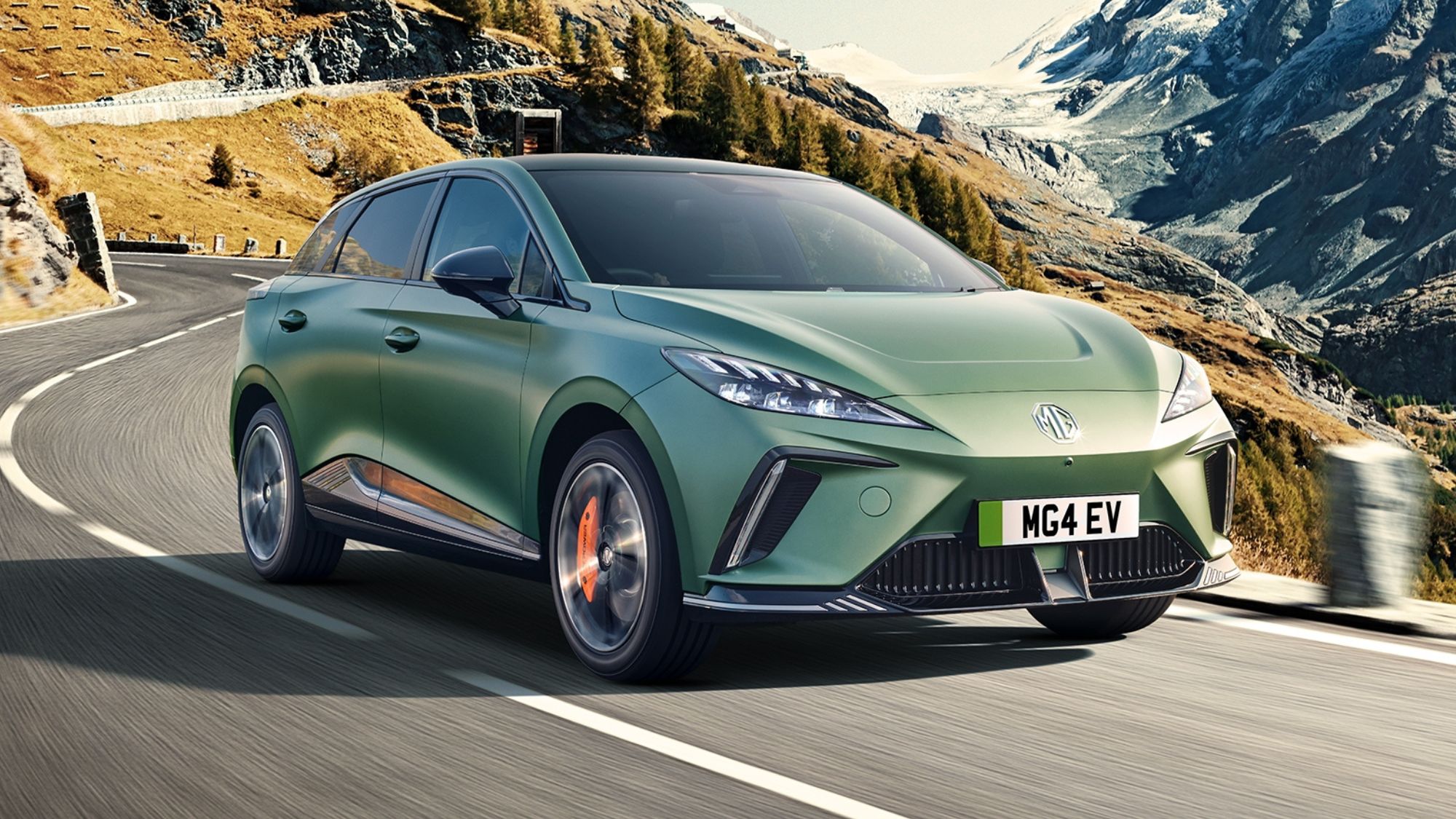 MG4 EV XPower review: what the car critics say
MG4 EV XPower review: what the car critics sayFeature The XPower just 'isn't as much fun' as a regular MG4
-
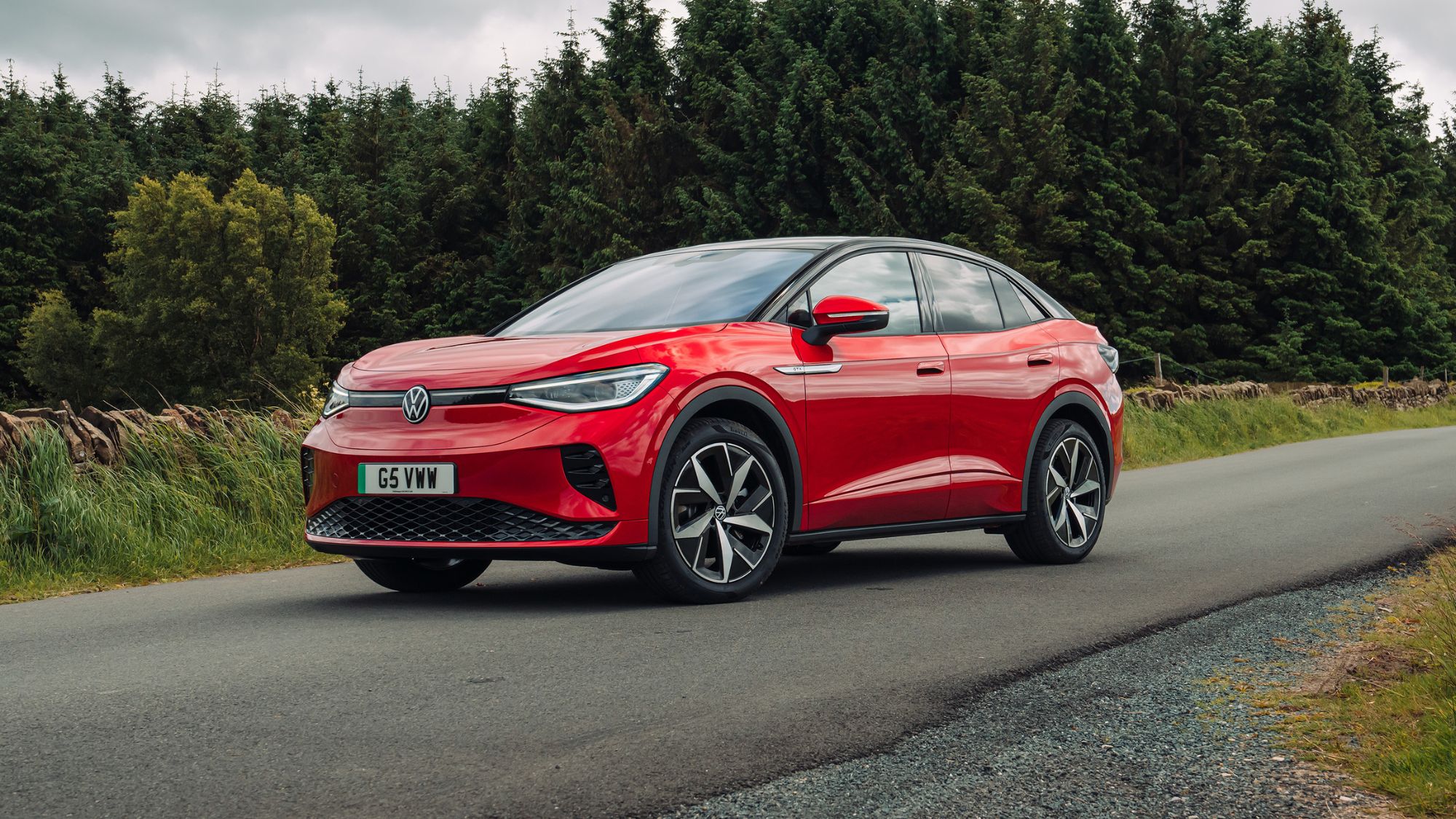 Volkswagen ID.5 review: what the car critics say
Volkswagen ID.5 review: what the car critics sayFeature The ID.4's 'sportier, more stylish twin' – but 'don't believe the hype'
-
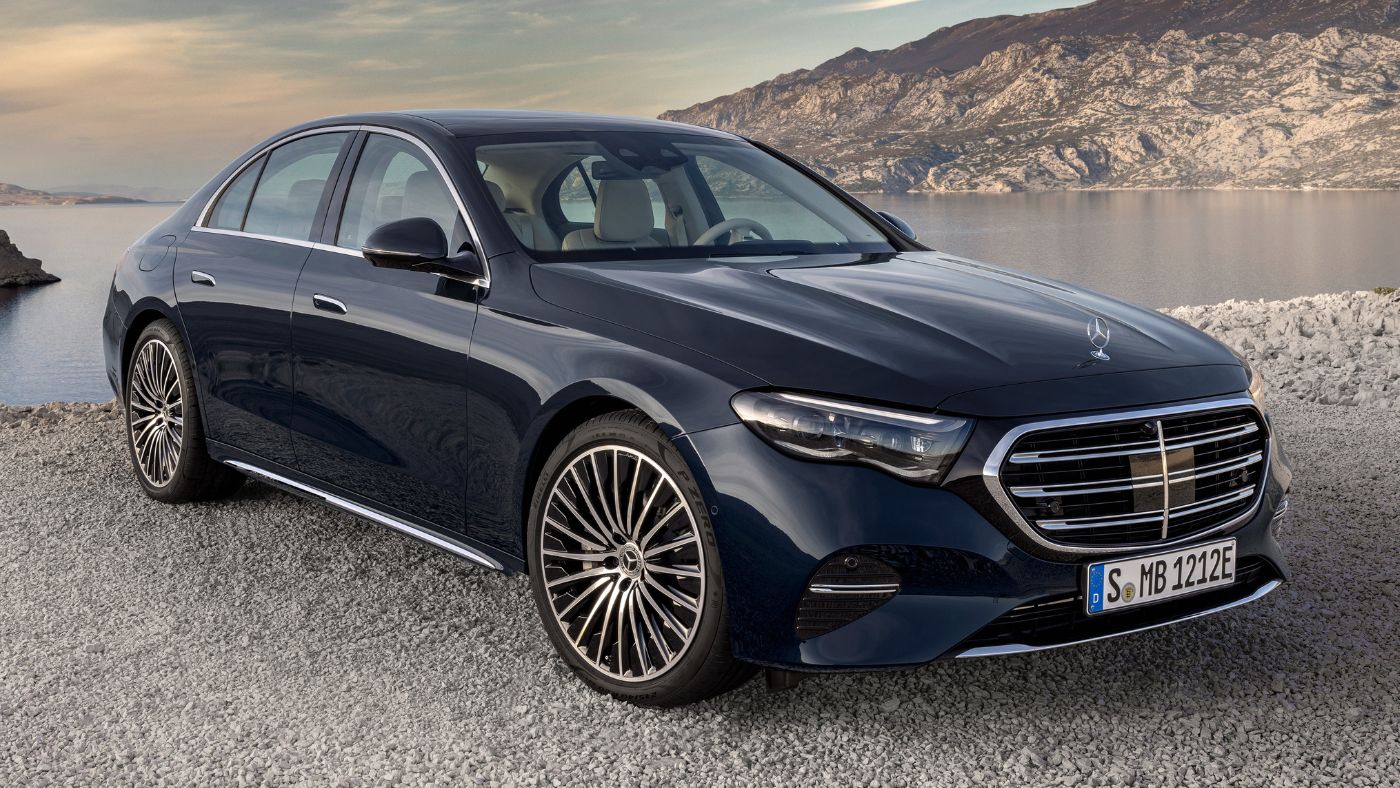 Mercedes-Benz E-class review: what the car critics say
Mercedes-Benz E-class review: what the car critics sayThe Week Recommends The 11th generation E-class delivers a polished drive and features a spacious interior packed with tech
-
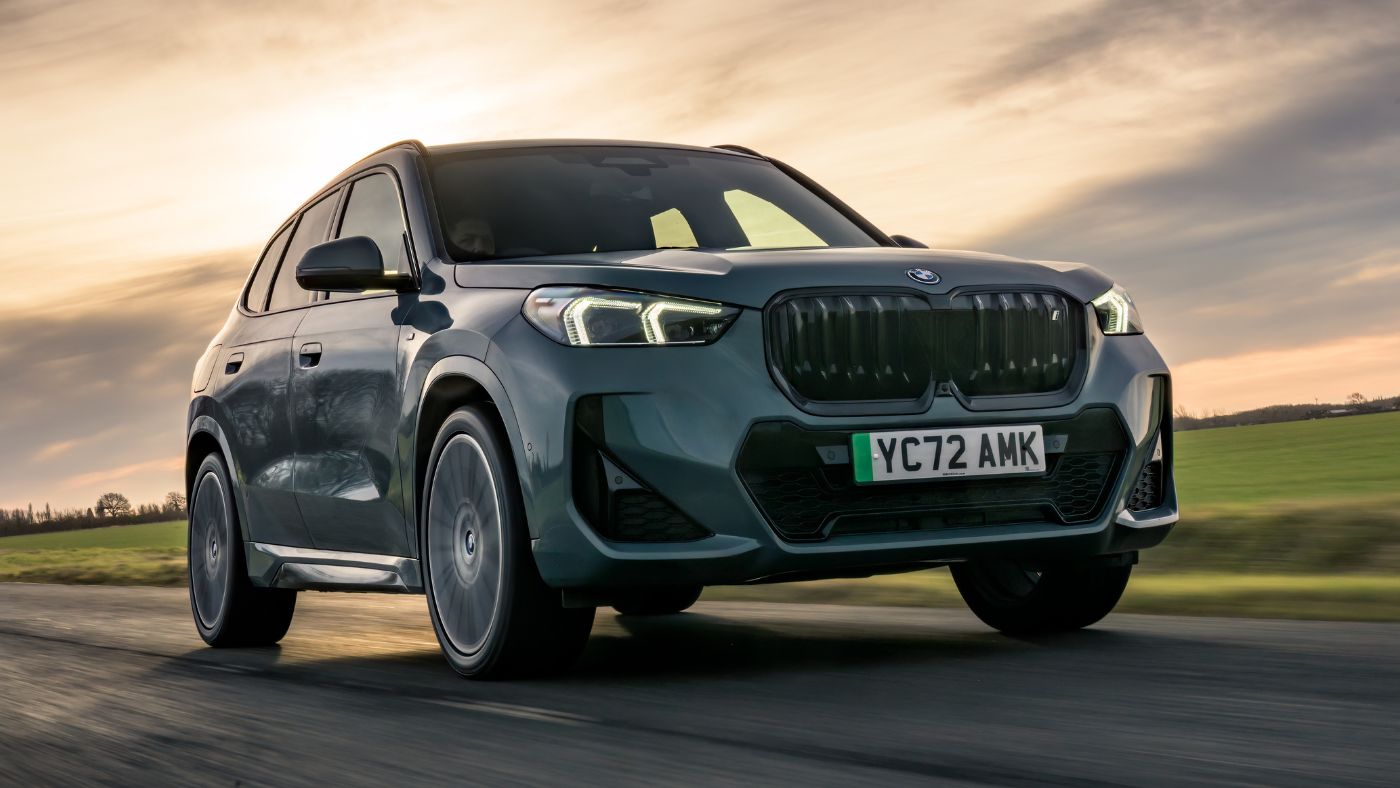 BMW iX1 review: what the car critics say
BMW iX1 review: what the car critics sayThe Week Recommends BMW’s smallest electric crossover has ‘precise’ steering and a ‘smart interior’
-
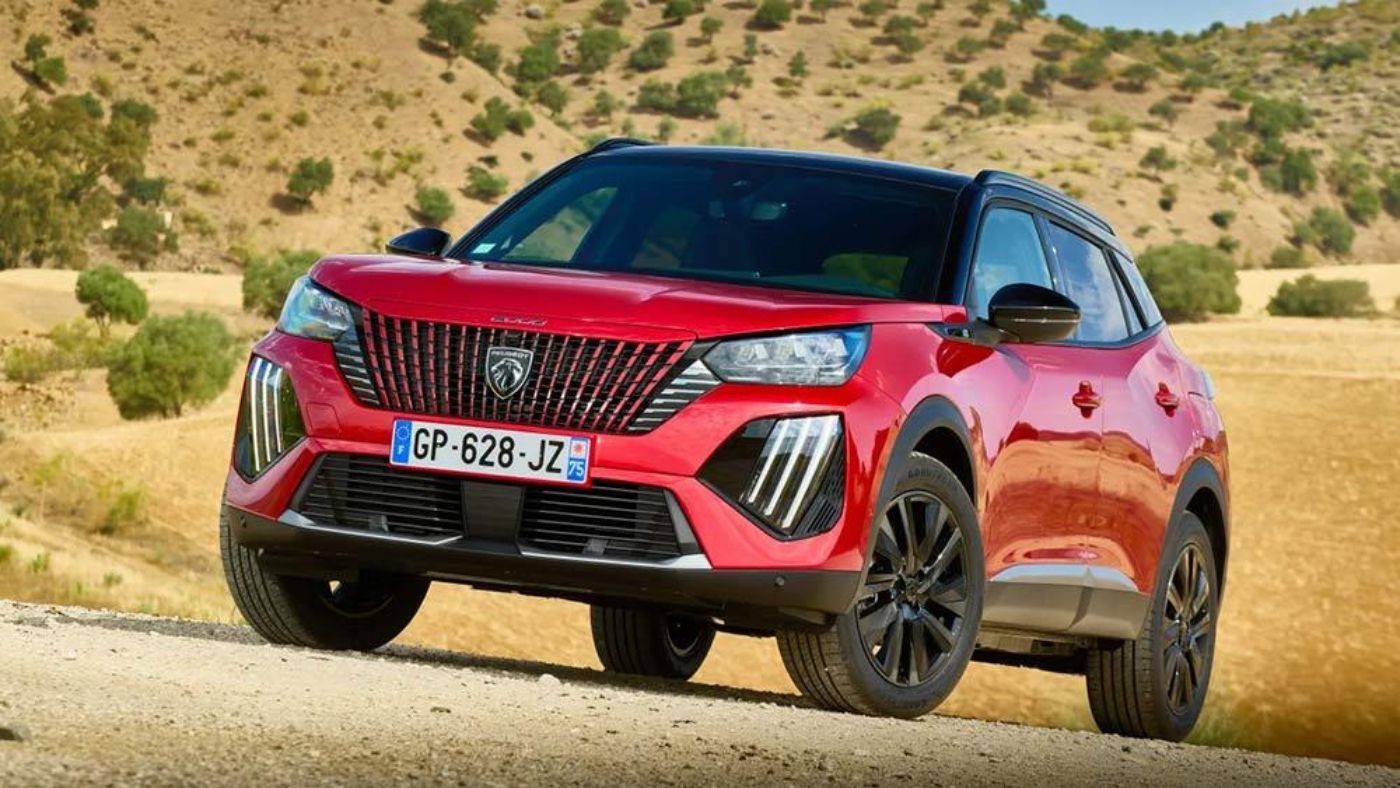 2023 Peugeot e-2008 review: what the car critics say
2023 Peugeot e-2008 review: what the car critics sayThe Week Recommends This small electric crossover has a ‘sophisticated feel’ and a bigger battery than the original